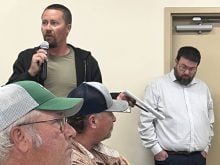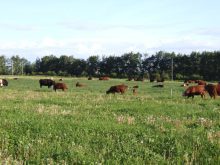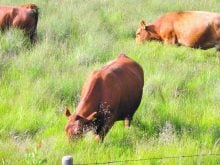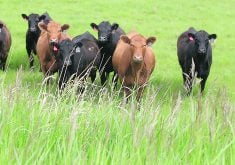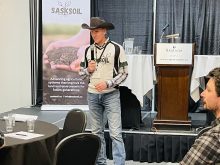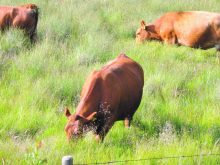Rangeland Grazing Framework encourages leaseholders to invest in long-term infrastructure that supports stewardship
Alberta ranchers are wary but hopeful that a Rangeland Grazing Framework launched by the provincial government will protect the role producers play as stewards of the land by grazing their livestock on crown land.
“Yeah, it’ll provide that direction, but at the same time, I think I’m leery of any government,” said Kyle Forbes, chair of the Alberta Grazing Leaseholders Association. “I would hope that it would provide protections for leaseholders, and I think it definitely will, but we’ll wait and see.”
Read Also
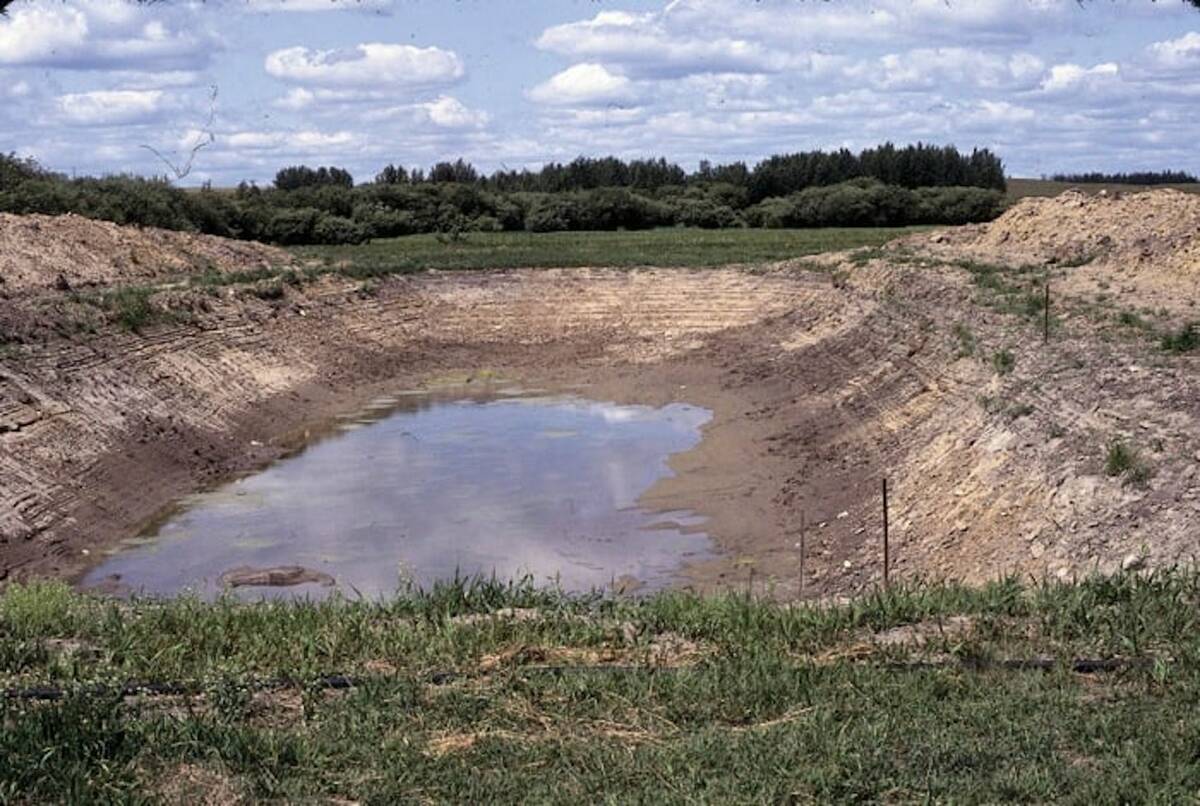
Dry summer conditions can lead to poor water quality for livestock
Drought conditions in the Prairies has led to an decrease in water quality, and producers are being advised to closely monitor water quality for their animals.
The framework is a significant step toward recognizing the importance of ranchers who manage crown rangeland, agriculture and irrigation minister Nate Horner said in a statement.
“By providing clarity on grazing practices and emphasizing the importance of biodiversity, the framework ensures that ranchers can continue to produce high-quality beef while upholding Alberta’s reputation for ecological sustainability.”
Besides supporting 14 percent of Alberta’s cattle herd, the benefits provided by grazing livestock on crown land range from carbon sequestration to preserving wildlife habitats, said Forbes. A provincial document detailing the framework said the government sees its relationship with ranchers as a partnership.
“The Government of Alberta sets the overarching goals for land management through legislation and planning. The disposition (or lease) holder, as the steward of the land, is responsible for day-to-day management.”
The framework outlines a series of initiatives to accomplish its overall environmental objective, as well as social and economic outcomes. They include encouraging leaseholders to invest in long-term infrastructure that supports stewardship of the land.
However, the objectives and outcomes must be “adaptive, sustainable, profitable and competitive in a global market,” said the document. The framework aims to ensure that the “needs for success” of people such as leaseholders are considered for future initiatives involving crown land.
It will help guide provincial policy and procedures affecting about eight million acres of crown land that can be used to graze livestock. Although the largest portion is within Cypress County in southeastern Alberta, it includes land along the Eastern Slopes of the Rocky Mountains in the west, along with areas such as Bonnyville and Cold Lake in the northeast, said Forbes.
It includes native grasslands that have never been plowed and helping support ranch families dating back to the cowboy days of the open range in the late 19th century, he said.
“A lot of families have been maintaining these rangelands for longer than Alberta has been in existence for.”
The amount of native rangeland under what the document called grazing dispositions that include leaseholders has remained relatively stable during the past 50 years.
“However, native rangelands are experiencing the same impacts of development pressure currently facing all provincial crown land.”
“A cumulative effects management approach is necessary to mitigate these pressures and to maintain the long-term viability of rangeland ecosystems. Alberta’s crown rangeland management system must prioritize the stewardship role that grazing disposition holders have in maintaining ecosystem health and function.”
Forbes said ranchers are facing increasing competition from the oil and gas, forestry and mining industries. Meanwhile, the amount of private rangeland is in decline, causing the future of Alberta’s native grasslands to become more critical, said the document.
“We’re not making any more land, so it’s definitely getting tougher,” said Forbes. “So, (the framework) provides some stability for ranchers that have grazing leases that any impacts to us will be considered. It will also look at maintaining the health of these landscapes so that they can continue to be used as working landscapes into the future for generations to come.”
The provincial government decided in 2020 to rescind a coal policy dating back to 1976, opening much of the Eastern Slopes to potential open-pit coal mining. Ranchers in southwestern Alberta said it threatened rangelands that help protect the headwaters of the Saskatchewan River system, which supplies water for everything from farms to communities across much of the Prairies.
Widespread opposition prompted the provincial government to reinstate the coal policy in 2021, followed by a ministerial order in 2022 restricting new coal exploration and development in the Eastern Slopes. A report recommended the modernization of the policy, with decisions about potential projects to be guided by regional and subregional plans under the Alberta Land Stewardship Act.
Forbes said he is uncertain whether the framework will fit above or beneath such plans.
“I’m not too sure on that, myself, but I think moving forward, it would provide that overarching direction … if there were to be any change that would affect grazing lands.”
The framework will seek to manage both increased use and conservation efforts on crown land, said the document.
“The government is committed to ensuring the land and all the activities it supports is managed sustainably by developing and implementing a land-use system that balances competing economic, environmental and social demands,” it said.
“An integrated land-use system increases certainty for all industries by ensuring a co-ordinated approach to provincial policy, planning and decision making. The Rangeland Grazing Framework guides the management of Alberta’s crown rangelands within integrated land use planning.”






